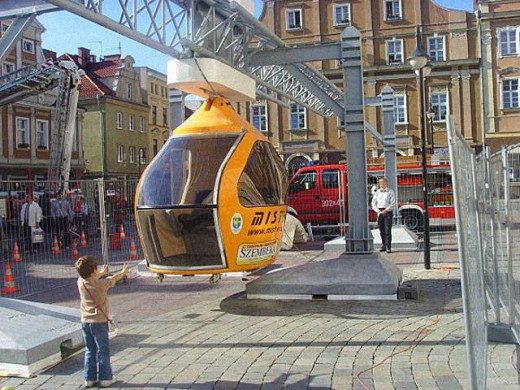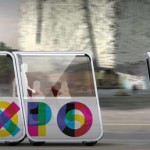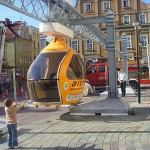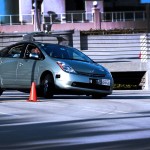These Suspended, Driverless Pods could reduce traffic Congestion In India
This futuristic “private speedy transit” network would deliver passengers proper to their doors. Now they just need the money to build it.
June 29, 2015
When Ollie Mikosza describes Metrino pods, it feels like he is telling a riddle. “it’s an electrical automotive, aside from you do not force it,” he says.
Metrino pods are the individual gadgets of his non-public fast transit device that the Indian government is looking into. versus mass transit programs, personal fast transit (PRT) methods use rail networks that ceaselessly department off the principle route. Passengers take pods which can be sized for individuals or small groups to drop them off at exactly their vacation spot. “it can be a self-using car, excluding it does not transfer on the general community of roadways, however on the dedicated, non-collision network of its personal rail machine,” Mikosza says.
Proponents of PRT imagine that such techniques can present the private convenience of cars with the dedicated infrastructure of mass transit, fending off congestion and getting people proper to their destinations—enthusiastic about a fraction of the price. in line with Mikosza, Metrino pods might carry 10 instances as many people as subway, buses, or mild rail for a similar construction and operation costs. and because they’re suspended above the ground, they don’t wish to slow down in adverse climate and traffic and can easily make steep climbs. more importantly, they might help remedy two main problems in large cities nowadays: congestion and air pollution.
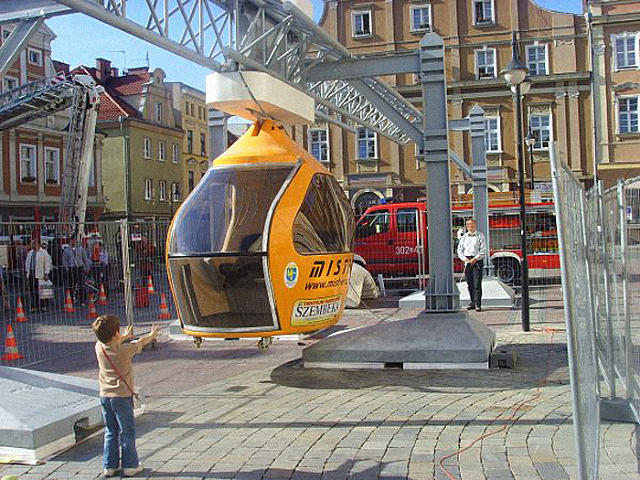
last yr, New Jersey used to be experimenting with its personal PRT system, referred to as JPods, though building has no longer yet begun on that machine as a result of regulatory hurdles. Mikosza emphasizes that all of the technological components for PRT are tested and confirmed and may be enacted nowadays, if best municipalities and buyers would catch up.
In that sense, it appears India is positioning itself as the primary united states to formally advise PRT as a model for its transportation device.
“It shows that India has the spirit for options, partially as a result of they have a lot less money to throw round than the U.S. or European nations,” says Mikosza. “So they’re almost certainly going to leap a complete technology of expertise, in a similar way to how they jumped over copper landlines for the telephone gadget straight to cell phones.”
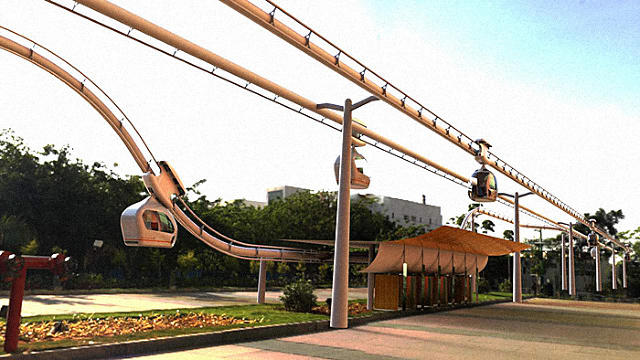
For now, the Indian government has successfully given the go in advance for a pilot application. nevertheless it’s a heck of a pilot application. The route would span 50 kilometers from New Dehli to Manesar, alongside probably the most usa’s busiest highways. There can be six stops, three in every path, per kilometer of monitor. since the pods best descend to station level when making a stop, different pods on the track that don’t seem to be stopping at a given station can continue on uninterrupted. That one simple truth makes traveling on a PRT community that rather more handy than gentle rail or subways while also averting the visitors on roadways nowadays.
the main catch for now could be that investors haven’t seem have joined in. Miksoza says he is nonetheless short of private financing to actually assemble the network. He has a proper-of-approach from the Indian executive, however would not have the cash to make it happen.
“each single major invention like this—whether they had been mobile phones or non-public computer systems or airplanes or cars—have been laughed at via their contemporaries in each case,” says Mikosza.
[All pictures: Mark Thomas/proper Hemisphere Co by the use of MISTER]
(142)

